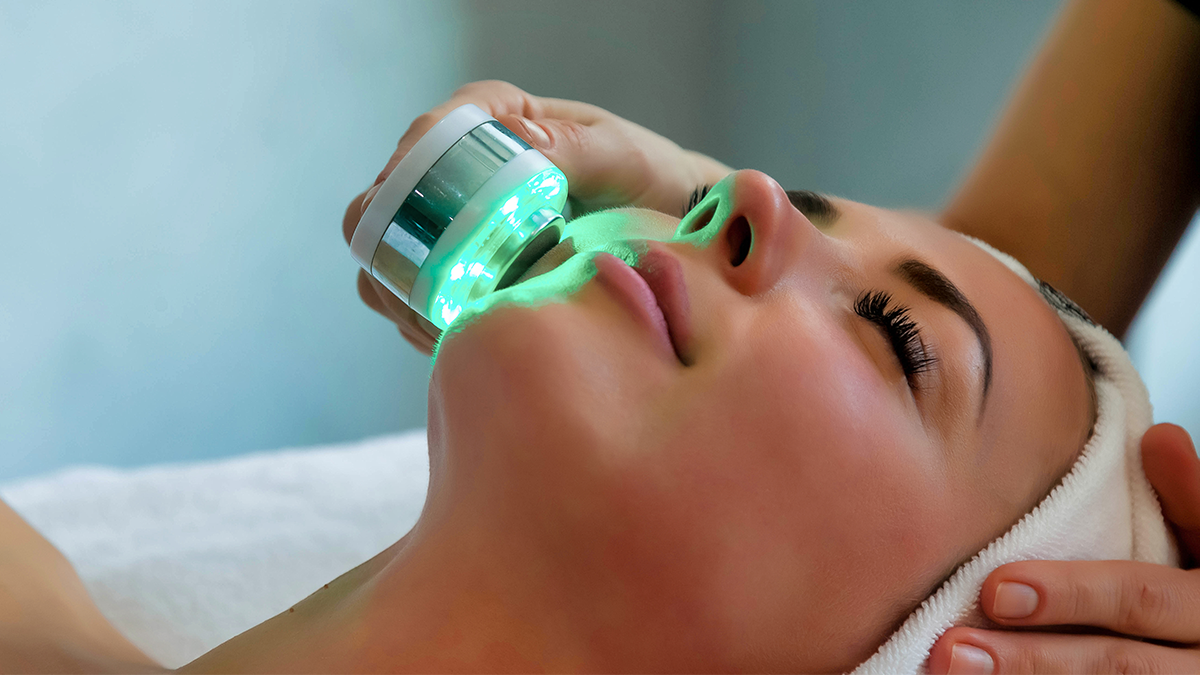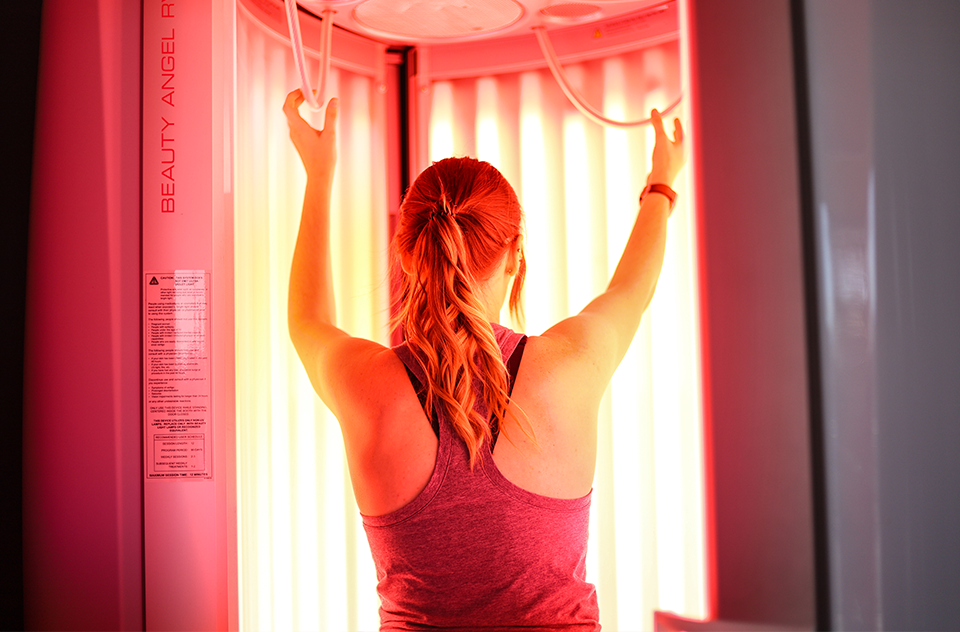Thorough Insights right into PBM Therapy for Pain Administration
Wiki Article
Opening the Possible of Photobiomodulation: A Promising Method for Healing Intervention
Are you curious concerning the potential of photobiomodulation for healing treatment? Visualize a situation where an individual dealing with persistent pain discovers alleviation through a non-invasive treatment that uses light. This is specifically what photobiomodulation deals. It is a promising technique that uses the power of light to stimulate healing and minimize swelling in various medical conditions. By targeting certain mobile procedures, photobiomodulation has revealed potential in accelerating wound recovery, reducing discomfort, and advertising cells regeneration. In this intro, we will certainly discover the mechanisms of action, applications in medicine, and the present proof sustaining the efficiency of photobiomodulation. In addition, we will certainly discuss future instructions and potential challenges in unlocking its full potential as a therapeutic treatment.Recognizing Photobiomodulation
To understand photobiomodulation, you require to realize the idea of exactly how light therapy can directly impact cellular processes in your body. Photobiomodulation, also referred to as low-level light therapy, is a non-invasive treatment that utilizes particular wavelengths of light to boost biochemical responses in your cells. When revealed to these light wavelengths, your cells take in the energy and convert it into cellular energy, recognized as adenosine triphosphate (ATP) This boost in ATP production leads to a waterfall of cellular responses, consisting of improved metabolic process, improved blood circulation, and boosted production of collagen and various other proteins.The healing impacts of photobiomodulation are far-ranging and have been researched extensively in numerous medical fields. It has actually shown appealing cause promoting cells repair and regrowth, reducing inflammation, relieving discomfort, and enhancing wound recovery. Photobiomodulation has actually been discovered to have a positive effect on neurological conditions, such as stressful mind injury and stroke, by stimulating neural task and promoting neuroplasticity.
Unlike various other treatments, photobiomodulation does not create or produce any kind of warmth cells damage. It is essential to note that photobiomodulation needs to be carried out by skilled experts or according to the producer's instructions to ensure optimum outcomes and security.

Mechanisms of Activity
In comprehending the mechanisms of activity, you will certainly discover just how photobiomodulation straight influences cellular procedures with particular biochemical reactions. When light is used to the body, it is taken in by chromophores, such as cytochrome c oxidase and flavins, which are present in the mitochondria. This absorption brings about a waterfall of occasions that ultimately cause cellular changes.Among the essential mechanisms of activity is the stimulation of ATP manufacturing. Photobiomodulation enhances the task of cytochrome c oxidase, a vital enzyme in the mitochondria that is included in the electron transportation chain. This boosted task brings about the production of more ATP, the major energy money of the cell. Therefore, mobile metabolic rate is improved, advertising tissue fixing and regeneration.
Moreover, photobiomodulation has been shown to regulate cellular signaling paths. It turns on various development factors and indicating particles, such as nitric oxide and responsive oxygen species, which play crucial roles in processes like swelling, angiogenesis, and cell spreading. These signaling paths add to the restorative results of photobiomodulation, advertising tissue healing and lowering pain and inflammation.
Applications in Medication
Explore the comprehensive applications of photobiomodulation in medication. Photobiomodulation, additionally called low-level light therapy, is a non-invasive therapy that resource makes use of light to promote cellular processes and advertise healing. In medication, this technique has revealed encouraging results throughout numerous fields.Among the primary applications of photobiomodulation is in discomfort management. photobiomodulation laser. It has been utilized to relieve both acute and persistent discomfort, including bone and joint conditions, neuropathic discomfort, and post-operative discomfort. By targeting the afflicted area with certain wavelengths of light, photobiomodulation can minimize inflammation, promote cells fixing, and provide alleviation
In addition, photobiomodulation has actually shown prospective in wound recovery. It can increase the recovery process by enhancing cell proliferation, advertising angiogenesis, and lowering mark tissue formation. This has substantial ramifications in the treatment of useful content chronic injuries, such as diabetic person ulcers and pressure sores.
In dermatology, photobiomodulation has actually been used for its regenerative and anti-inflammatory effects. It can improve the look of scars, decrease acne sores, and boost hair growth in conditions like androgenetic alopecia.
Furthermore, photobiomodulation has actually shown promise in neurorehabilitation. It can boost cognitive feature, improve motor recuperation, and help in the treatment of neurodegenerative conditions like Alzheimer's and Parkinson's.
Scientific Evidence and Study Findings

In the field of musculoskeletal problems, photobiomodulation has been found to minimize pain and inflammation, improve array of activity, and accelerate cells repair. Research studies have shown its efficiency in treating problems such as osteo arthritis, tendinopathies, and muscle mass pressures. Furthermore, photobiomodulation has actually revealed positive impacts on injury healing by promoting go to the website collagen angiogenesis, synthesis, and fibroblast spreading. This makes it an important tool in the monitoring of chronic wounds, diabetic abscess, and medical lacerations.
Moreover, research has actually revealed that photobiomodulation can have neuroregenerative and neuroprotective impacts. It has actually been discovered to improve cognitive function, minimize neuroinflammation, and improve neuronal survival and synaptic plasticity. This has vital effects for the therapy of neurological conditions such as Alzheimer's illness, Parkinson's condition, and stroke.
Future Instructions and Possible Obstacles
Progressing, it is essential to think about the future directions and potential obstacles bordering the usage of photobiomodulation as a restorative intervention. One key future instructions is the expedition and optimization of dosing criteria. Presently, there is no consensus on the optimum wavelength, strength, duration, and regularity of photobiomodulation therapy. Further study is required to understand the dose-response relationship and develop evidence-based guidelines for clinical technique.An additional crucial future direction is the growth of portable and cost-effective photobiomodulation tools. While current tools work, they are commonly bulky, costly, and call for expert guidance - pbm therapy. The development of cost effective and user-friendly gadgets would substantially enhance availability to this treatment, allowing more people to take advantage of its potential healing results
Additionally, future study should focus on illuminating the devices underlying photobiomodulation. Despite its growing appeal, the specific mechanisms whereby photobiomodulation applies its healing effects are not fully comprehended. Recognizing these mechanisms would not only enhance our understanding of the treatment yet additionally help in the growth of even more targeted and effective interventions.
However, there are likewise prospective difficulties that require to be resolved. photobiomodulation therapy. These include the requirement for standardized procedures, the demand for well-designed clinical trials with bigger sample sizes, and the need for long-term follow-up studies. Regulatory and safety and security factors to consider need to be taken into account to ensure the reliable and risk-free use of photobiomodulation in clinical technique.
Final Thought
To conclude, photobiomodulation holds great pledge as a therapeutic treatment in medicine. Its devices of activity and clinical proof suggest its possible for treating numerous problems. More research is needed to totally understand its benefits and resolve any prospective challenges. With continuous researches and developments in this area, photobiomodulation has the possible to unlock new opportunities for improving client results.Are you interested concerning the potential of photobiomodulation for therapeutic intervention? By targeting certain mobile procedures, photobiomodulation has actually revealed possible in accelerating wound healing, decreasing pain, and promoting tissue regeneration.Furthermore, photobiomodulation has actually revealed prospective in injury recovery.Relocating ahead, it is crucial to take into consideration the potential challenges and future instructions bordering the usage of photobiomodulation as a healing treatment. With recurring researches and innovations in this area, photobiomodulation has the prospective to open new possibilities for enhancing client results.
Report this wiki page